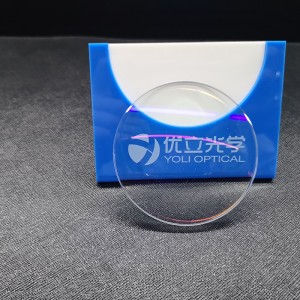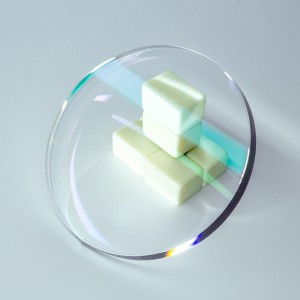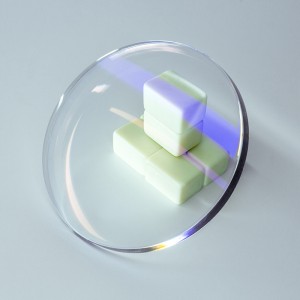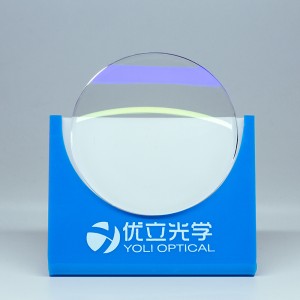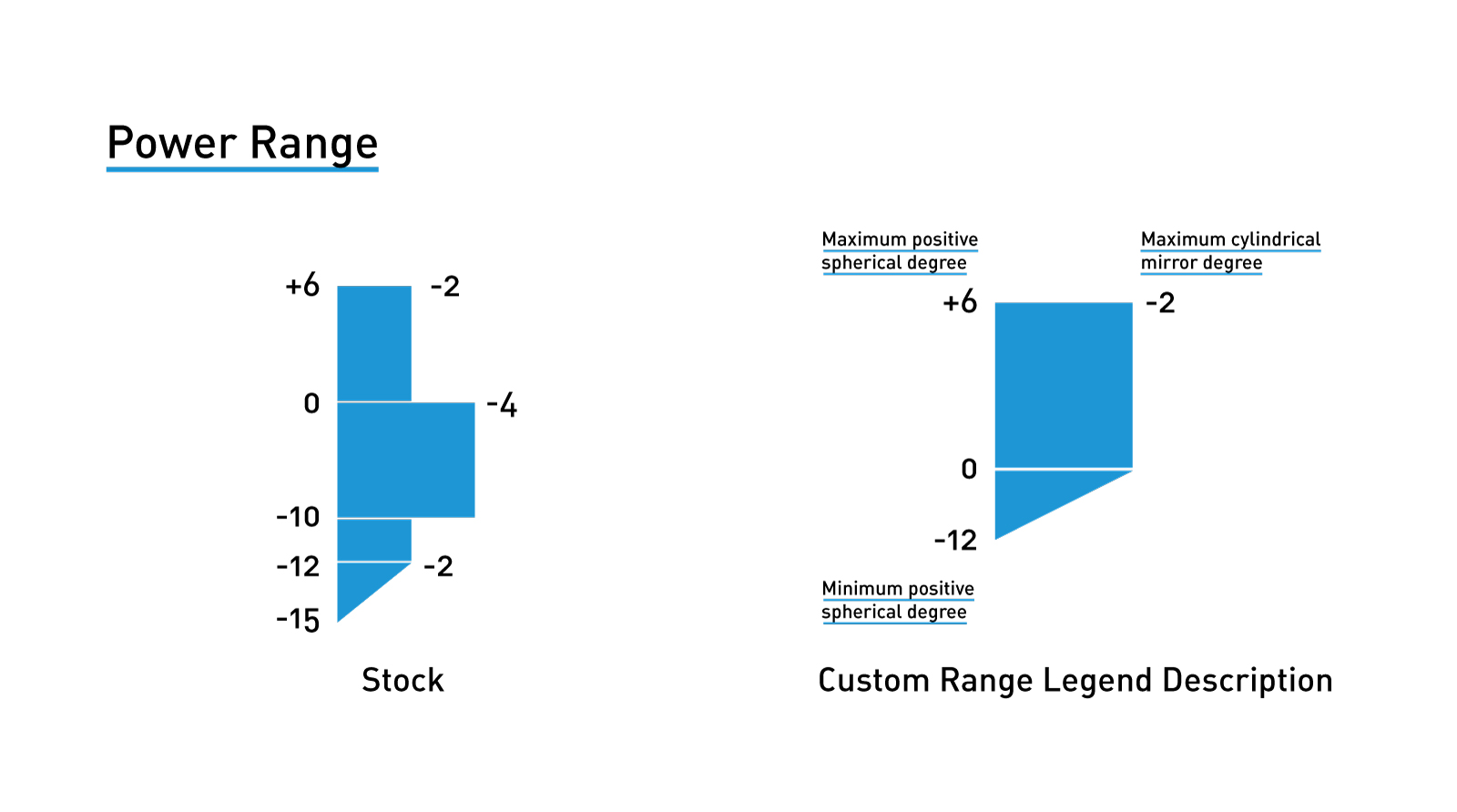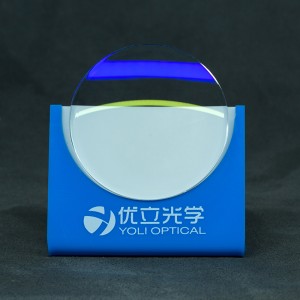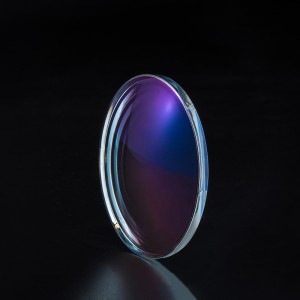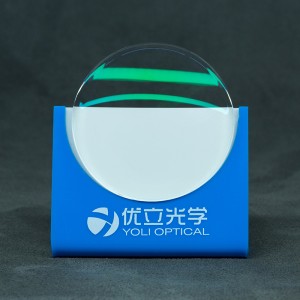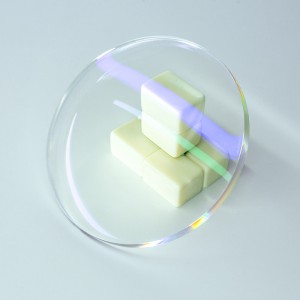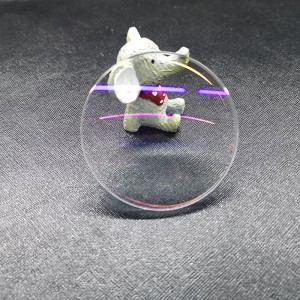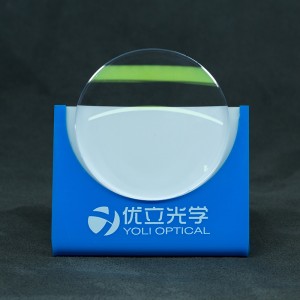
1.67 High Index Finished Blue Light Filter Lenses
Advantages of High-Index Lenses
·Thinner. Because of their ability to bend light more efficiently, high-index lenses for nearsightedness have thinner edges than lenses with the same prescription power that are made of conventional plastic material.
·Lighter. Thinner edges require less lens material, which reduces the overall weight of the lenses. Lenses made of high-index plastic are lighter than the same lenses made in conventional plastic, so they're more comfortable to wear.
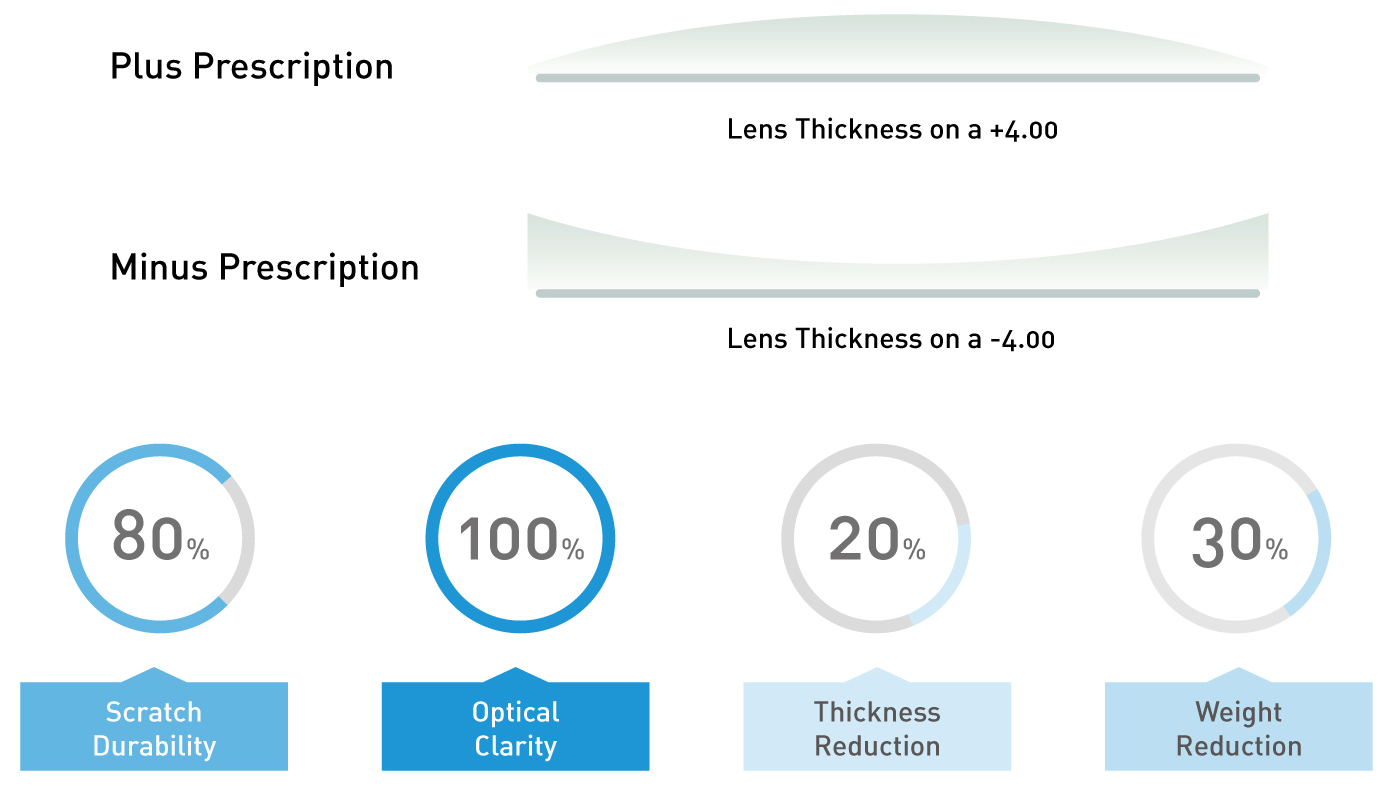
What Is Blue Light?
Visible light contains a range of wavelengths and energy. Blue light is the part of the visible light spectrum that contains the highest energy. Because of its high energy, blue light has more potential to cause harm to the eye than other visible light.
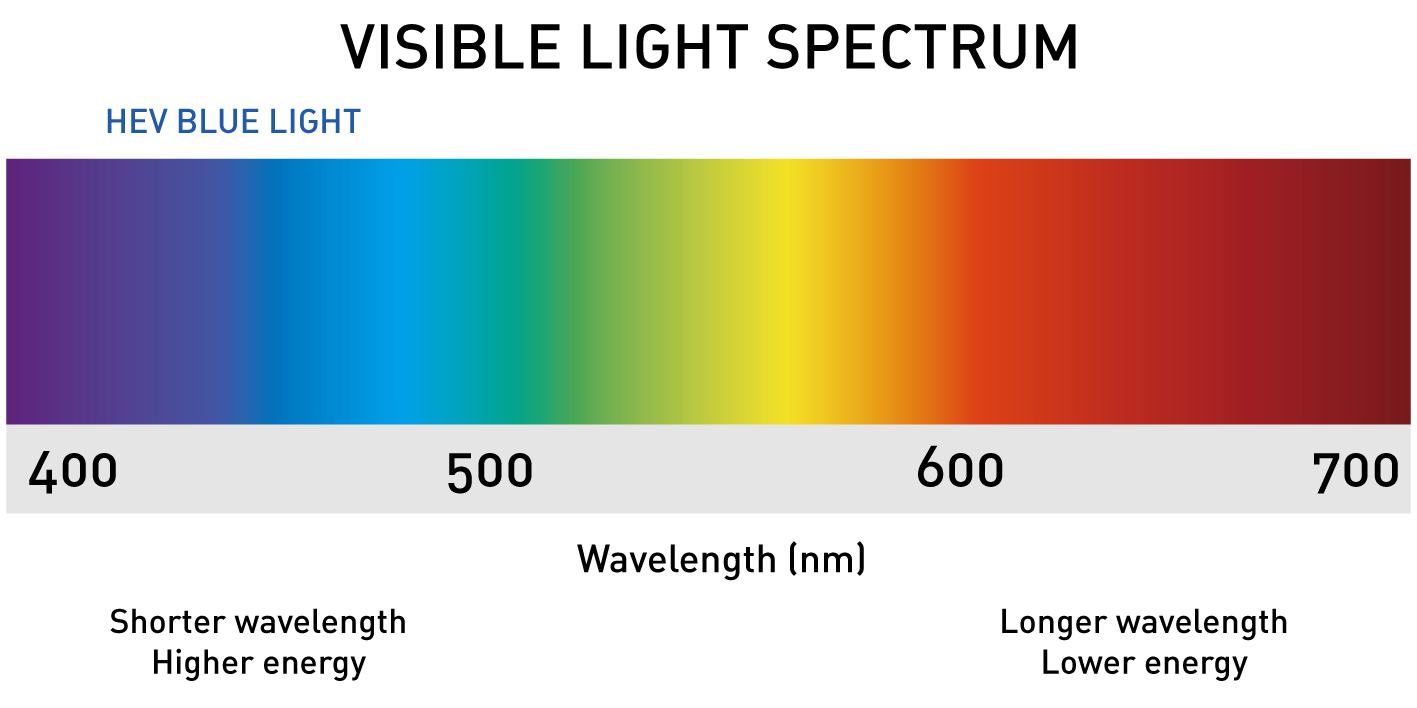
The blue light spectrum
Blue light ranges in wavelength and energy from 380 nm (highest energy to 500 nm (lowest energy).
So, about one-third of all visible light is blue light
Blue light is further categorized into these (high energy to low energy) subgroups:
·Violet light (roughly 380-410 nm)
·Blue-violet light (roughly 410-455 nm)
·Blue-turquoise light (roughly 455-500 nm)
Because of their higher energy, violet and blue-violet rays are more likely to damaging to the eye. For this reason, these rays (380-455 nm) also are called "harmful blue light."
Blue-turquoise light rays, on the other hand, have less energy and appear to help maintain a healthy sleep cycle. For this reason, these rays (455-500 nm) are sometimes called "beneficial blue light."
Invisible ultraviolet (UV) rays lie just beyond the highest-energy (violet) end of the blue light spectrum UV rays have shorter wavelengths and more energy than high-energy visible blue light. UV radiation has been proven to be damaging to eyes and skin.
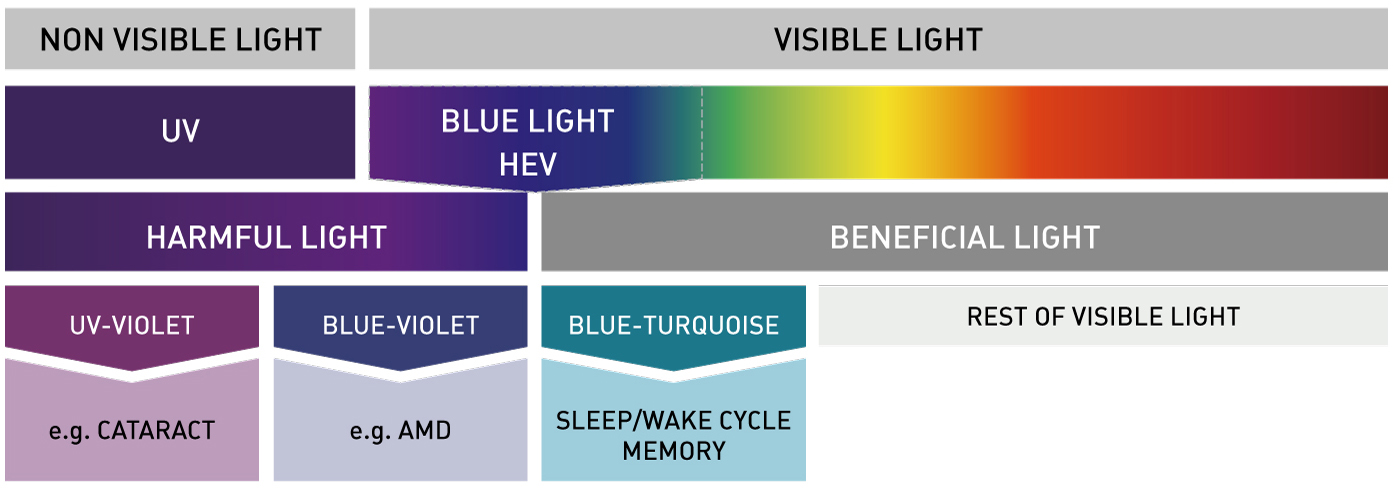
Key Points About Blue Light
1. Blue light is everywhere.
2. HEV light rays make the sky look blue.
3. The eye is not very good at blocking blue light.
4. Blue light exposure may increase the risk of macular degeneration.
5. Blue light contributes to digital eye strain.
6. Blue light protection may be even more important after cataract surgery.
7. Not all blue light is bad.
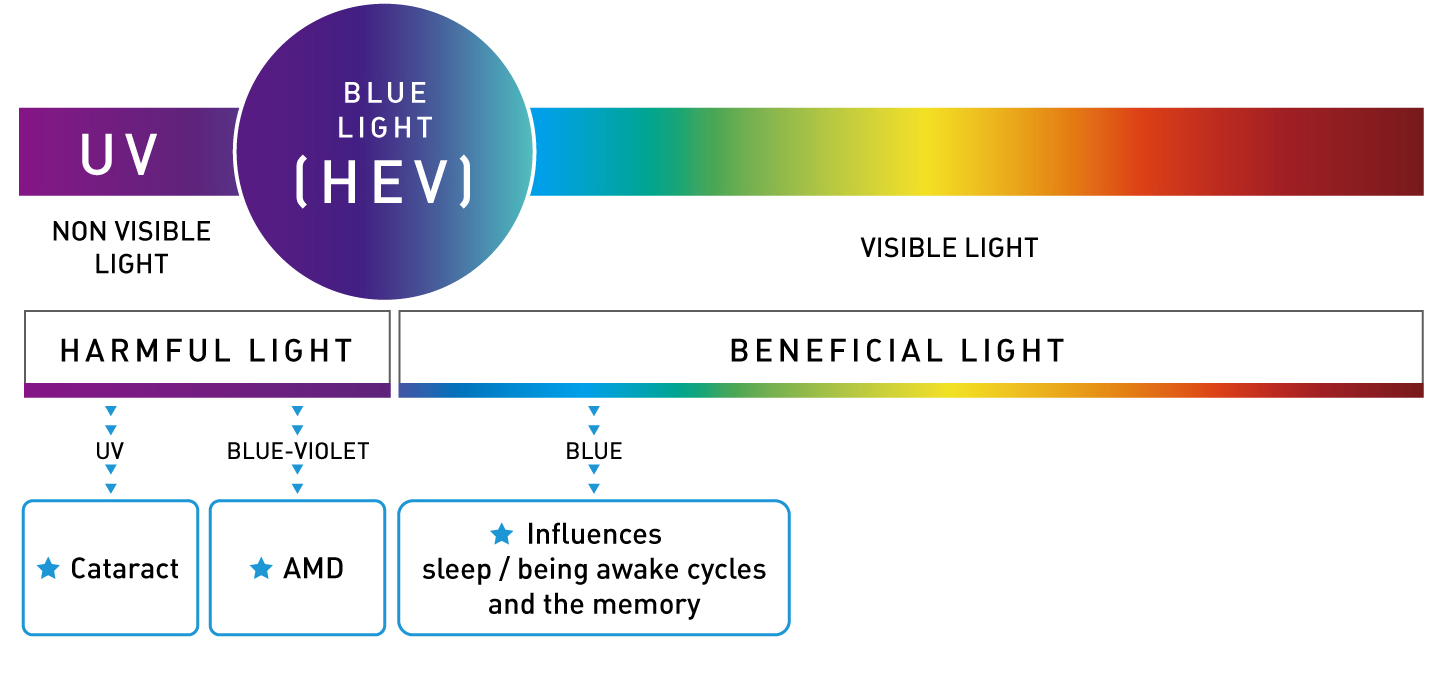
Be prepared with these correct blue filter lenses

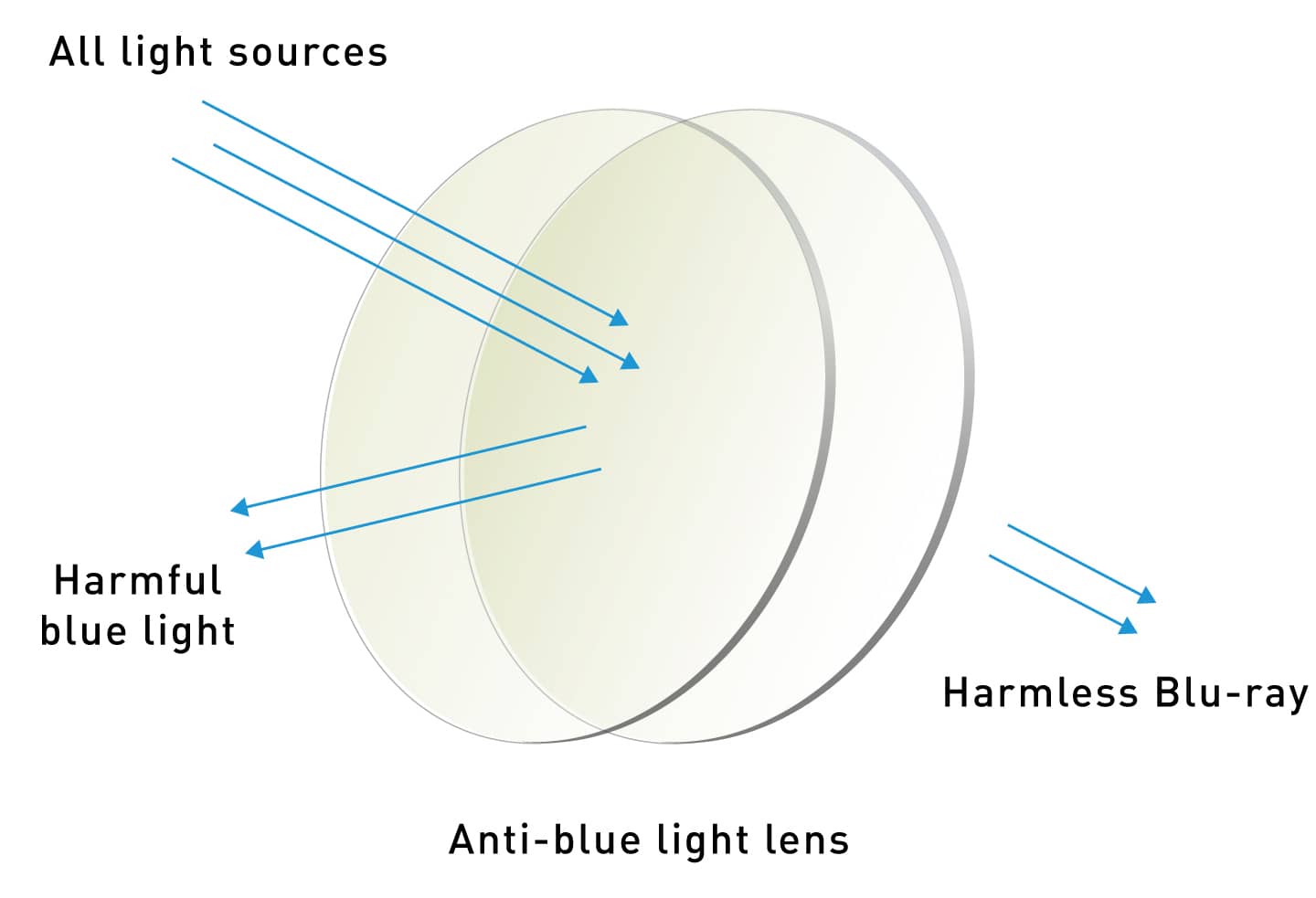
How Blue Light Reducing Lenses Can Help
Blue light reducing lenses are created using a patented pigment that is added directly to the lens before the casting process. That means the blue light reducing material is part of the entire lens material, not just a tint or coating. This patented process allows blue light reducing lenses to filter a higher amount of both blue light and UV light.


